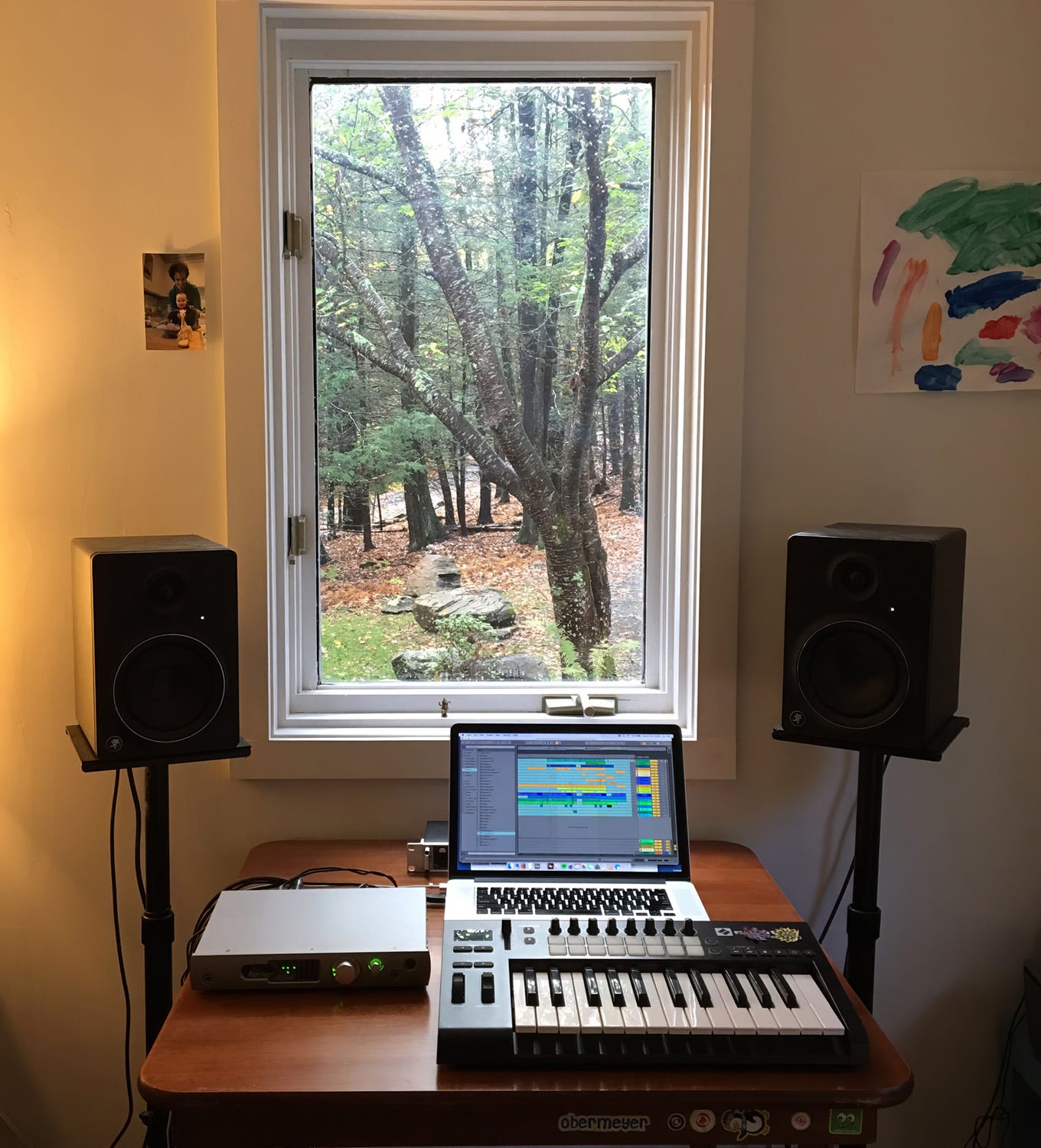The System That Helped Me Finish More Tracks
How to systematise creativity and silence your inner perfectionist.
Hey—It’s Matthew from BeatsbyVanityTV
Estimated read time: 1 minute, 58 seconds.
Creativity isn’t linear. You might spend eight hours on a track and end up with almost nothing to show for it.
Maybe you’ve ruled out ten dead ends. Maybe you’ve sketched something faint on the canvas—just enough to hint at potential.
I find this frustrating because I don’t think of myself as a creative person.
I like structure. Algorithms. Systems. I like the reliability of numbers—input ten hours, get ten hours of output. Anything less feels like a flaw in the system.
So I’ve built scaffolding: frameworks to systematise creativity. Processes that produce results, whether or not inspiration decides to show up.
Don’t get me wrong. Sometimes the magic happens. I fall into a flow state, and a few hours later I’ve got a track that feels like it wrote itself.
But for the days when it doesn’t come so easily, I fall back on the scaffolding. It doesn’t guarantee brilliance. But it guarantees motion. And sometimes, that’s all I need.
The system I rely on most is for melody writing, the part of the process where I stumble most often.
I start by picking a scale—usually inside a plugin like Scaler 3. I lean toward 7ths or 9ths. They just sound richer.
From there, I build a progression. I map out the chords as blocks, arrange them into a pattern that captures the vibe, and drag the MIDI into Live.
In the MIDI editor, I head to the transformation tools.
Sometimes I leave the chords as they are. Other times, I re-voice them—either manually, or using the ‘recombine’ function to discover variations I wouldn’t think of myself.
To generate melodies, I use the ‘arpeggiator’ transformation. I’ll scroll through ideas until one catches my ear—a phrase that feels like it's doing something.
I always start with Labs: a free piano plugin that is perfect for sketching.
Another approach is using the chords as your scale. Place notes on them, one by one, until something clicks.
Once the melody is locked, I’ll swap out the sound. Load up Omnisphere or Diva. Scroll through presets. Wait for something to jump out.
Then comes the movement. I might run the sound through Gatekeeper, or Movement, effecting it rhythmically. Then add a wash of reverb and delay for space and depth.
And suddenly there’s something worth building around.
This process might not sound sexy. And that’s because we often romanticise creativity.
You’ve heard it before: “I just hear melodies in my head. Hum them into my phone, design a patch in Serum with custom wavetables, and build an effect chain using plugins I coded myself.”1
It sounds impressive. But it confuses process with output.
I don’t know if it’s pride. Or ego. Or the seductive promise of “finding your sound” and “being unique.” But those ideas are just procrastination in disguise. Perfectionism wearing a mask. Overthinking dressed up as virtue.
Those promises of originality, identity, and artistry aren’t discovered through thinking. They’re revealed through doing.
Here's an example.
Earlier today I published a video breaking down the music of Four Tet—an artist who, by any standard, is one of the GOATs in electronic music. On a Tape Notes podcast, he explained how he rarely builds synth patches from scratch. He uses presets. He doesn’t know much theory either. He just clicks in notes until something sounds good.
This is an artist with 19 albums, a 30-year career, Grammy nominations, and collaborations with Burial, Ellie Goulding, Fred again.., and Skrillex.
If he’s keeping things that simple, why aren’t you?
See you next Thursday,
—Matthew
P.S. Check out my Four Tet breakdown for more on this subject.
There are geniuses who can do this. I’m just not one of them.



I'm in the process of writing up how I make music, then was reading thru your post and it inspired me.
Awhile back, I loaded some of your sample packs into Algonaut Atlas, which made it super-easy to create new drum kits based on a visual map, and get groovin' from there.
I'm glad Four Tet is forthright about presets. There used to be some oddly twisted pride in "making all the sounds from scratch", but nowadays there's such a vast sea of presets that the one in your mind (with some tweaks) is out there somewhere — no need to reinvent the wheel (or compressed house piano)! So it becomes a matter of shortening the discovery path, and staying close to tools that sync with your preferences and make it hard to sound bad. I'm a huge fan of random preset loaders for that reason, you might like this: https://torley.substack.com/p/whats-missing-from-electronic-music